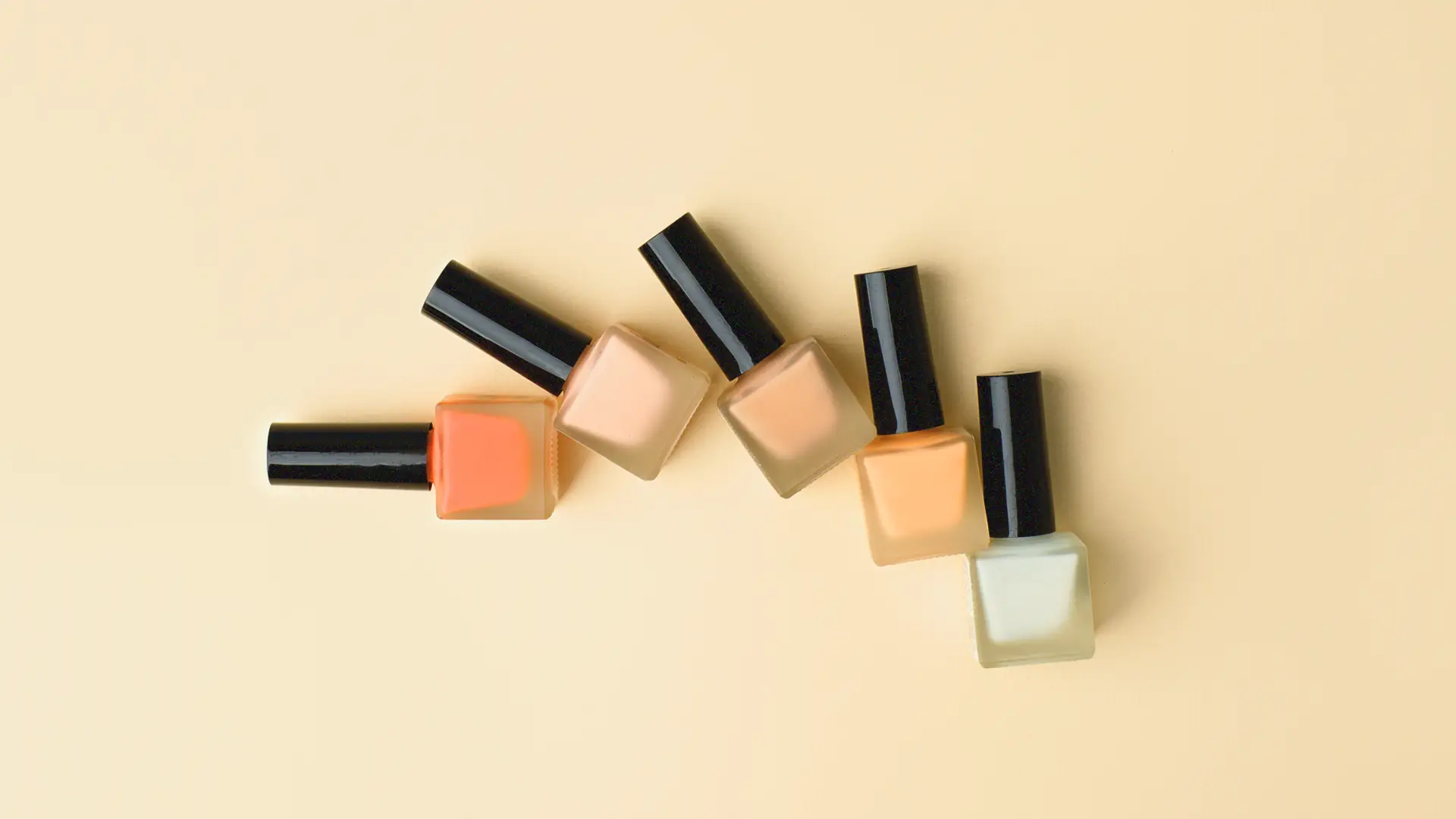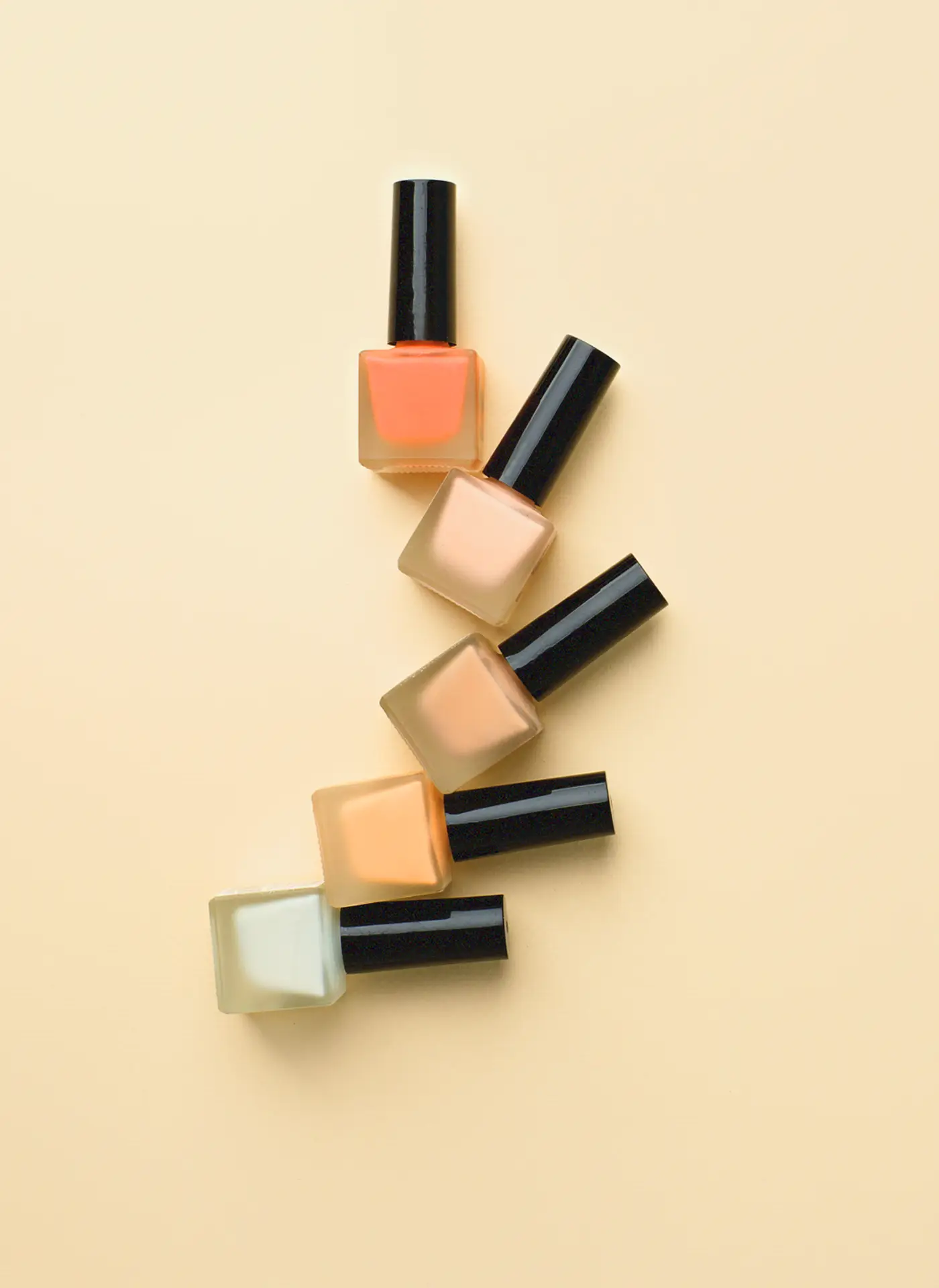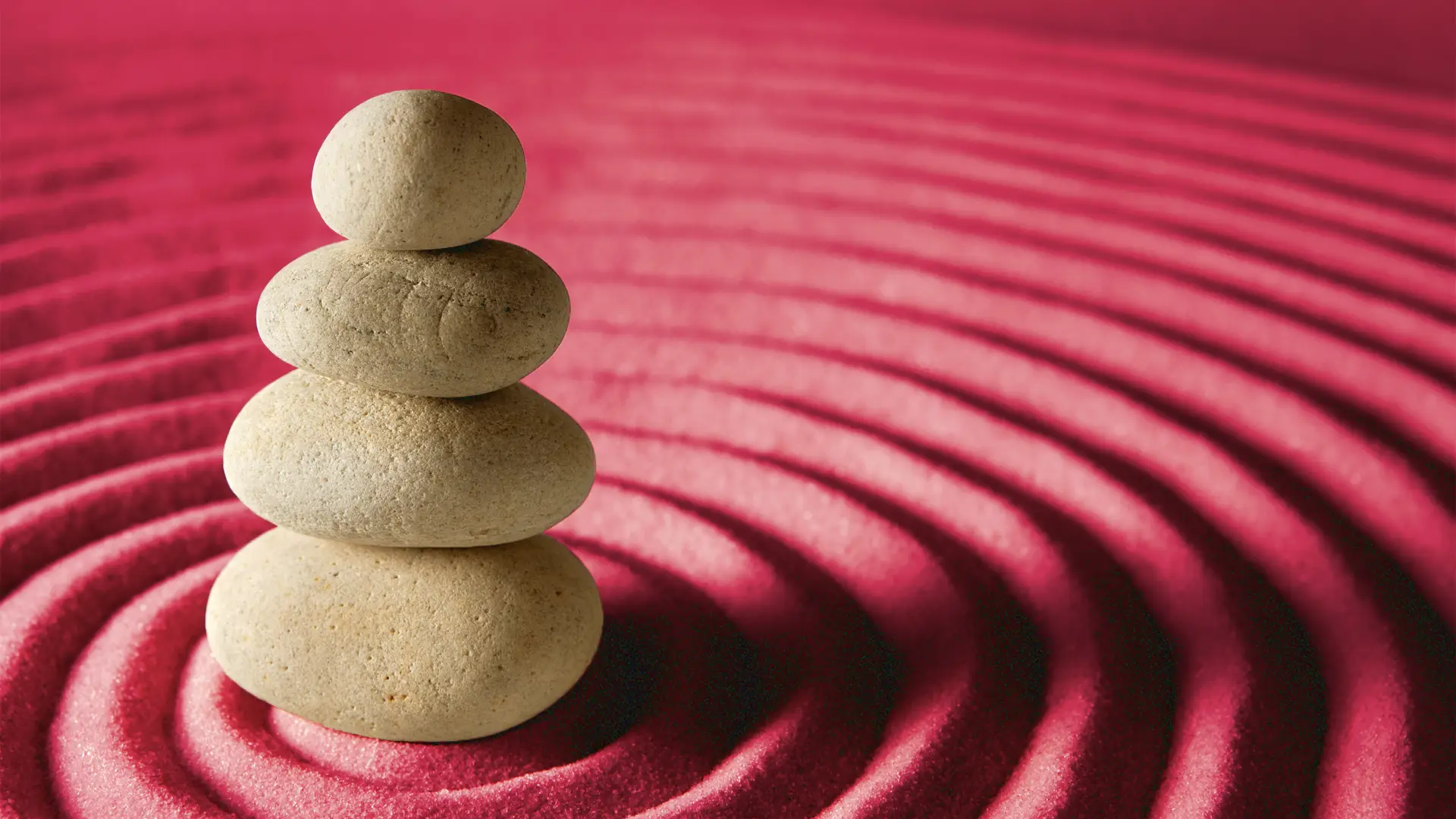

Key Takeaways
- Winning brands continuously master the art of playful branding and ways to tie their unique house codes to cultural moments.
- Balancing creativity and virality with relevancy is key; magical brand moments occur when you find the sweet spot between culture, customer values, and the core pillars of your brand identity.
- Whether it's online or in real life (IRL), brands leveraging the experience economy create audience memorability, engagement, and loyalty.
- “Quiet luxury” and underconsumption “core” are reactionary trends to hollow overconsumption of routinely bland and poor-quality items.
- Customers desire to cherish their purchases again and feel a sense of connection with the items they're buying.
Listen: How “fun” is fueling brand growth in the beauty industry.
In the age of TikTok, micro-trends, and “brain rot,” the fight to “stay relevant” is a double-edged sword for brands in the fashion, beauty, hospitality, and luxury industries.
Sure, trying to keep up can earn sporadic wins. However, in the long term, brands will continue to fuel the passive overconsumption fire. Consumer burnout will continue to accelerate in a race to the bottom. What's next? Customers will seek out the lowest price to get a hit of dopamine over brand connection and loyalty. But wait, we're already there. So what's next?
To achieve long-term success and brand growth beyond vanity metrics, brand executives need to become advocates for leveraging their playful side for profits. Brands who want to win need to be cultural conversation starters, not bystanders.
How brand personality drives sales growth
To make a positive and memorable impact, brands in these industries must remember the intangible value they're selling.
Successful brand moments rely on teams demonstrating an understanding of the cultural zeitgeist and how to communicate the brand's unique POV to construct a clear, clever, and consumable fantasy for audiences.
One way for brands to connect to the culture via their playfulness and creativity in a smart, impactful way is by taking a stand. This approach can be a great risk for brands, yet, when done shrewdly can reap a considerable reward—for brand engagement, community, and revenue.
E.l.f.'s “So Many Dicks” campaign, which highlights the brand's commitment to having more gender diversity on its corporate board, proves that astute boldness is the way forward for beauty marketing success. At the end of the fiscal quarter following this campaign's debut, which ended on June 30, 2024, e.l.f. delivered 50% net sales growth and gained 260 basis points of market share.
How Loewe and Miu Miu are thriving in a bleak luxury fashion market
The current outlook for the overall luxury fashion market may seem bleak. Yet, brands like Loewe and Miu Miu seem almost immune to this downward trend.
Loewe, the world's #1 hottest brand per the Lyst Q2 Index Report, is renowned for its bold creativity and cultural moments. An example is their sold-out “I Told Ya” t-shirt, featured in the film “Challengers” and worn by Zendaya. The shirt's slogan nods to JFK Jr.'s iconic tee, blending fun, fashion, and cultural relevance. Additionally, Loewe collaborated with Swiss brand On to launch the Cloudtilt 2.0 sneakers, declared the hottest fashion product of Q2 2024 by Lyst.
Another approach brands can take is showcasing a distinct, fun-loving aesthetic and tailoring their communications to fit this playful persona. Miu Miu is the clear winner in its application of this methodology, with an outstanding 89% increase in year-over-year sales in Q1 2024. The Italian brand continuously reimagines its signature academia-inspired “cool girl” aesthetic and has mastered the balance between authentic community engagement while using organic brand moments to enter timely cultural conversions.
In June 2024, Miu Miu launched its “Summer Reads Project” to encourage the readership of more women authors this summer. The campaign went viral through a series of pop-ups in major cities, including Paris, Milan, New York, London, Tokyo, Shanghai, Seoul, and Hong Kong. Miu Miu's ability to subtly bring attention to the current wave of political optimism surrounding Kamala Harris' 2024 Presidential Campaign cannot be ignored. It was highlighted in the most organic way with A+ execution.
Maintain loyal customer engagement via branded experiences
While whimsical product designs can win over audiences, playful campaigns and immersive experiences with distinctive brand codes can be as memorable, engaging, and profitable for brands.
Whether through medium or message, no label seems to master this art quite like Jacquemus. While embracing a luxurious Mediterranean aesthetic, the brand seamlessly weaves fun and cultural relevance into its essence.
This past summer, Jacquemus struck gold with its digital campaign, paying homage to the Summer 2024 Olympics. Its chic parody of elevated tailoring with comically oversized sports equipment offers the perfect juxtaposition between relatable humor and aspirational eye candy that is undeniably Jacquemus.
Consider details like the enlarged athletic gear complementing oversized bags on the track. They echo Jacquemus's 2023 viral giant bags-on-wheels campaign and fashion's overall spotlight on Olympics-themed trends for summer 2024 so distinctively and effortlessly. All of the Jacquemus hardware happens to be gold—and yellow gold jewelry is up by 175% this summer vs. the same time last year, according to Trendalytics.
Outside of captivating audiences on social, IRL experiences have bounced back as one of the key marketing channels to showcase a brand's personality to acquire customers, buzz, and stronger customer loyalty. Summer Fridays once again proved that a balance of fun, distinguishable branding, and cultural relevancy is the perfect recipe to create raving fans with its “Café Summer Fridays” pop-up in NYC.
Lasting for two days in June 2024, the pop-up celebrated the restock of its Iced Coffee Lip Butter Balm. And everything about it immerses you in a Summer Fridays-themed, picturesque “day in my life in NYC” TikTok. Iced coffee? Check. Pretty SoHo backdrop? Check. Viral food trend? Check. Summer Friday Lip Butter Balm? You get the idea.
Additionally, the pop-up trend highlights how in 2024, we're looking to brands to create fun, immersive, and almost fantastical third spaces. Remember when the Rhode pop-up was NYC's hottest club for 11 days? Indulging in prestige beauty—think fragrance, haircare, and routine nail appointments—is the new status symbol during this silent recession era.
What's shaping 2024 “recession core” and its impact
TikTok trends like the “old money” aesthetic and “underconsumption core” seem to not only be a sign of the financial times but show how customers are fed up with mindless overconsumption.
Recessioncore, quiet luxury, cosplaying—we've all heard the buzzy terminology. But, are they really “very mindful”? Kendall Becker Director of Trend & Editorial Strategy at Trendalytics, explains why the trend is all the rage currently: “Recessioncore is a very important movement within fashion and beauty right now—although, the biggest conception is that it's price-dependent which isn't necessarily true.”
Well, the trend of the wealthy dressing in a way that can be described as a “more demure” lifestyle during an economic downturn is nothing new. So, what's changed?
Becker shares how “quiet luxury” and “underconsumption” are less about being perceived as part of a certain social class and more about showcasing a sense of taste and point of view when putting yourself together in the morning. She explains: “Plus, we're seeing emotional elements come back into staple pieces—think a white button-down that features cheeky, art-driven buttons. It's a piece that can be dressed up or down and never goes out of style yet still showcasing the wearer's personality.”
With the rise of SHEIN, Temu, and knockoffs of every coveted designer item on Amazon, we've been duped into believing we're elevating our wardrobes and shelfies. Yet, in reality, consumers have bought into the idea that uniformity is social currency and it's worth the sacrifice in quality, personal expression, or creativity for everyone involved.
Conclusion
Brands need to become more focused on embracing fun with their position and marketing efforts to discover and refine their unique selling proposition (USP).
Observe and test out different strategies and types of content. Becker stresses: “There's a fine line between originality and leaning into the cultural zeitgeist. Don't forget about the individuality of your unique consumer set and who you are as a brand—blend those two notions and you'll be set up for success.”
Regularly temperature check community engagement and what moments delight customers enough to purchase.
Once you find your bread and butter moments—think Rhode's viral lip gloss phone case—break down why this approach created a magical moment between your core brand identity and customer engagement. Use these findings to build a strategy that creates a fantasy tailored to your audience and brand's unique personality.
Related

Great brand collaborations are the best to strengthen identity.
Design & Experience, Insights & Trends, Marketing & Creative, Beauty and Fashion

Consumer demand and policy are driving EV market growth.
Development & Technology, Insights & Trends, Automotive

Are you missing opportunities to improve health screenings?
Design & Experience, Marketing & Creative, Health



